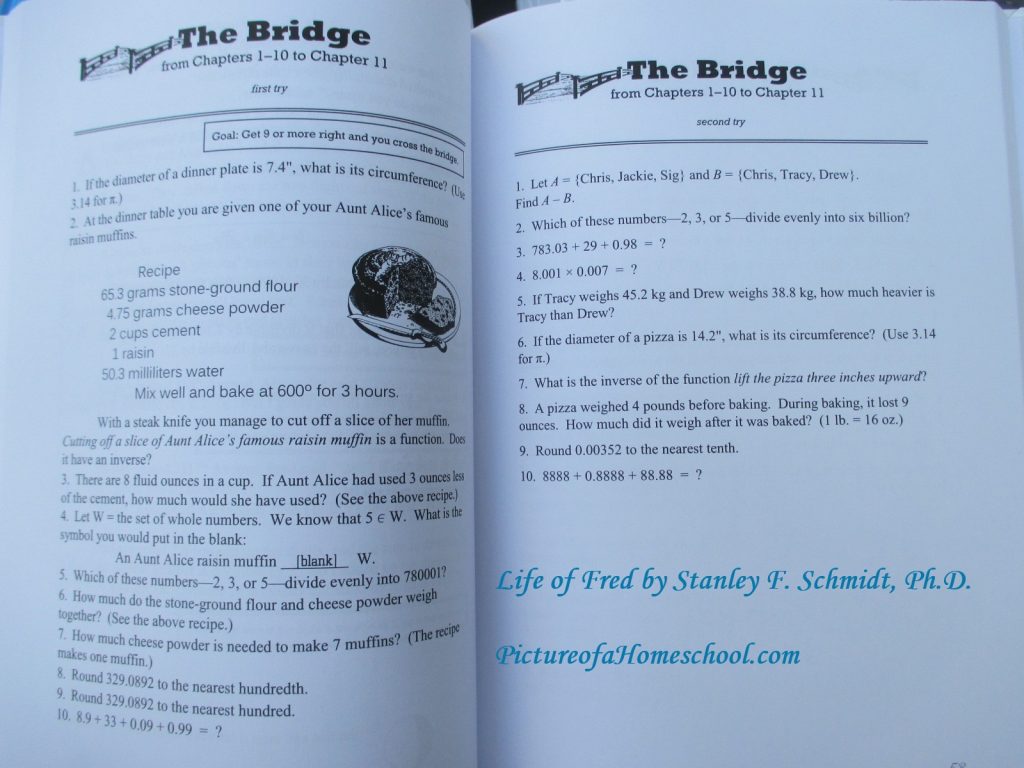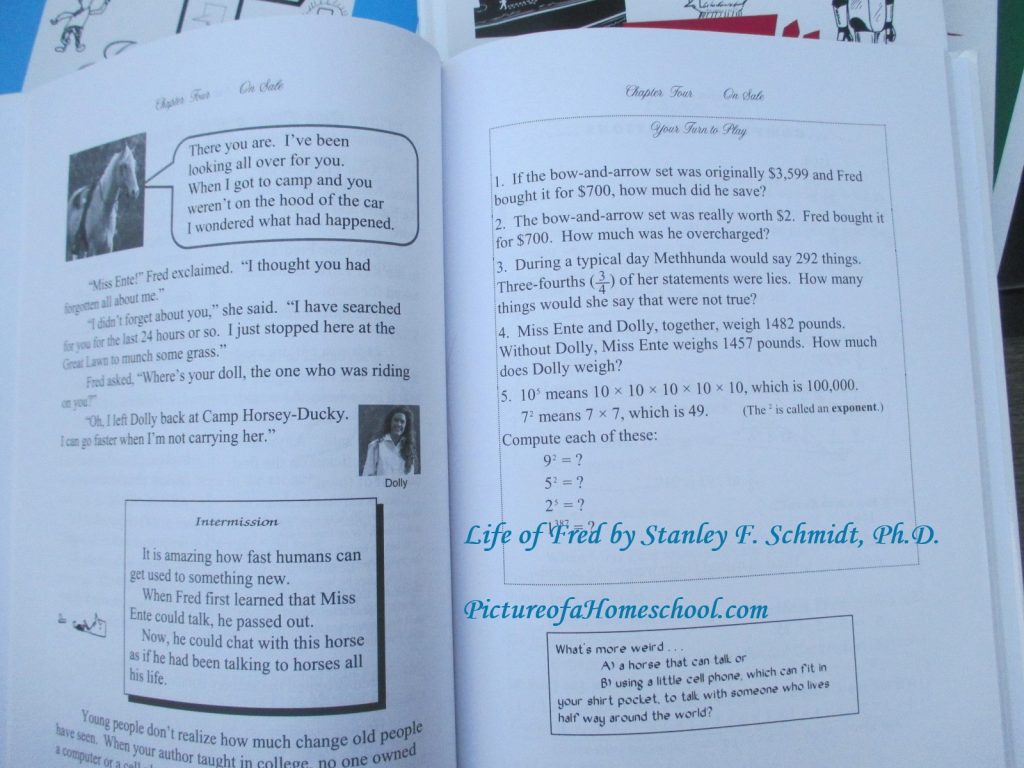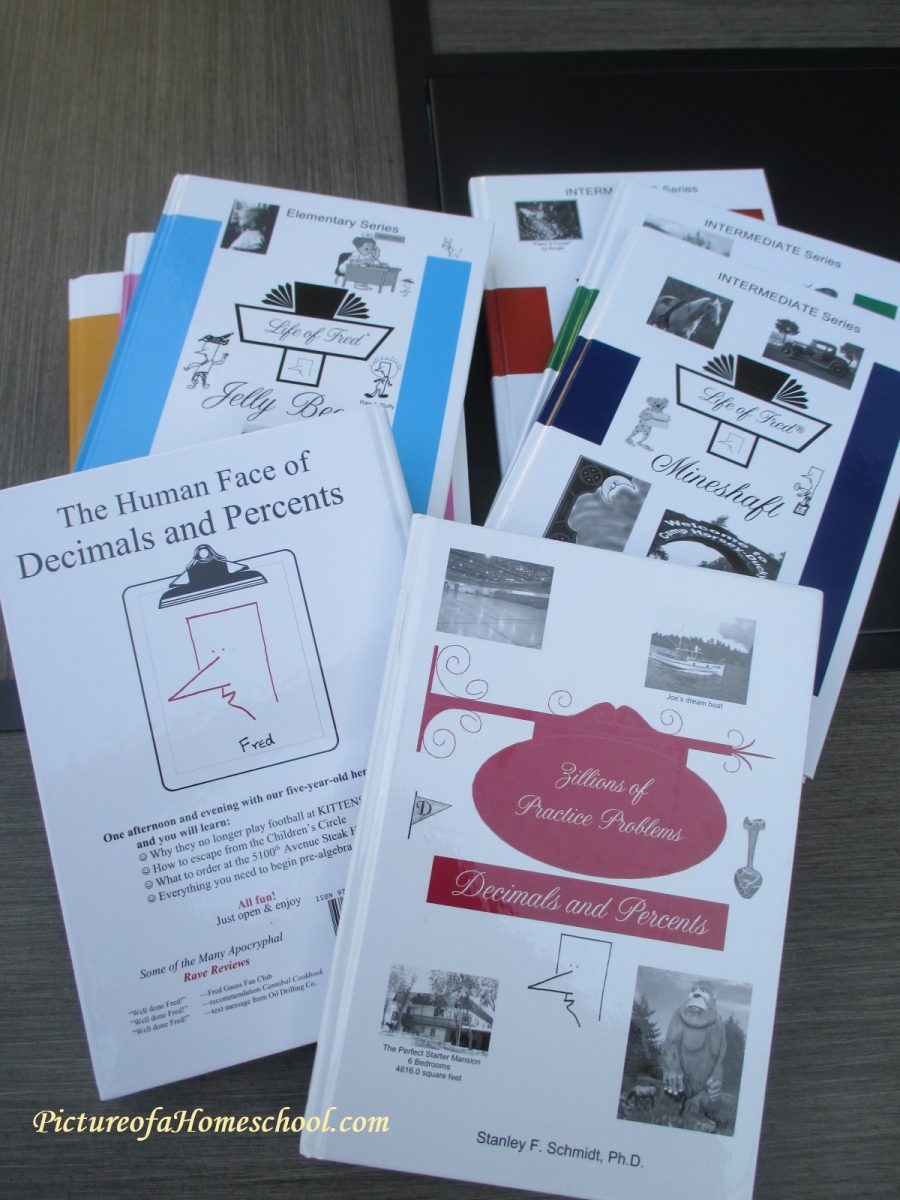Math can be tricky to approach depending upon personal experiences. It’s one of those topics that some educators and students approach with great trepidation. Sometimes the phrase, “I’m not good at math,” is uttered almost as a mantra.
If you teach math as a specific subject, you’ve likely reviewed many different resources. And almost all declare themselves as the best way to teach math. If they’ve been around a while, I’m sure you’ll be able to find many people declaring the successes they’ve had with the program. Personally, I’ve yet to see any resource that is one hundred percent successful for every individual.
Many times, I’ve observed that those who “aren’t good” at math haven’t found the method that works best for them.
All of the conversations on how a person learns suddenly come to mind. Are they visual learners, auditory, or kinesthetic? What connects them to learning something? Is it developmentally appropriate for your child specifically? Often these reflections are scrapped when approaching math.
But just as there are multiple resources and methods of teaching science, history, writing and all of the other subjects, there are varied resources for mathematics as well.
When my son was young, we would fly through math lessons, the concept would be practiced and we would move on. It didn’t take long. And many would say that I should have been thrilled and should continue as we were.
The thing is, he would complete the math, but there was no interest or joy in it. Yes, I said joy while speaking of math. This was an area that he was very good at, but without the interest, I could imagine that learning math would become tedious and in time he might drop it.
What I went looking for was not a way to extend math time and make him practice more, but a way for him to see that there was more to math than learning a concept, practicing it and moving on. The tough thing with math is that there’s always a next step, something else to follow that builds on prior concepts. So, I guess I was looking for two things. A better way to engage with math, and realizing we had to take time to celebrate math achievements.
The math resource that has worked best for us is Life of Fred by Stanley F. Schmidt, PhD.

Life of Fred is a series of books that builds upon skills from the previous books while it develops a story. The story is about a five-year-old boy named Fred Gauss, who is a professor of mathematics at Kittens University in Kansas. With the premise of a five-year-old teaching college level mathematics, it has already set itself up as an unusual math text. But don’t worry about his age because Fred really knows his stuff.
Math lessons are given in the context of what Fred is going through. For example, on one page of Life of Fred: Cats, there’s a quick reference to time.
“[Fred] had been up since 2AM. He could feel the heat going on in the building. It was now 2:45 which some people call a quarter to three.”
Images of clocks are included that show each of the times. The story goes on to discuss the temperature rising in two-degree increments.
There is a lot of math squeezed into each book. Some is the direct lesson of the chapter, while others are included as a way of introduction to math concepts that would be seen further on in their math studies.

The book is broken into short chapters. They end with “Your Turn to Play,” which is a section that contains a few questions that students are directed to write out the answers to. When finished, they turn the page to review the answers.
As the level of the books change, the format changes slightly.
A “Bridge” section is included after several chapters to review what has been taught. The new element acts as a stop. Students are advised to not continue beyond that section until successful completion of the majority of the questions. Additional Bridges are included to allow students to try again until they’re able to successfully complete the questions.

The series is intended as a standalone curriculum, though many adapt how they use the books. The series is written for use through high school.
Fred and the other characters do get into unusual situations. There are some life lessons thrown in. There are some tangents as well. Whether this math resource would be a good choice for your family depends on how your child relates to this format.
My children thoroughly enjoy Life of Fred, the more ludicrous the scenario the better. They reread the books by choice, which also helps as a review of past lessons. Plus, there is so much information included in the pages of these books that I recommend rereading them to catch more of the included math, whether it be mathematical terms, mathematicians, or calculations.

As with any book, I would recommend reading ahead.
Though most of what happens is silly and whimsical, there are parts which may be too much for some children. People react differently to the same situations, and we had a few moments that weren’t good for us due to our own experiences of related scenarios.
The Life of Fred books progress at their own pace, and likewise your student will progress at his or her own pace through the pages and books.
While using the elementary books, we went through several each year. As we continued the series, we did slow down once we reached a certain level of math that required more thought. Sometimes it was a concept that we needed to take slower, decide if it needed further support, or whether we needed to skip the concept and return to it at a later date. That occurred at different points for each of my children. Each began the books at a different level of math as well.
I will add here, that if you have questions or are looking for additional resources, support is available. I have read where people have contacted the author for clarification or help. And you can always check out social media for a Life of Fred group.
What does math education look like in your home?
What do you enjoy about it?
We also incorporate a lot of games in learning and practicing math skills. Some of the games we use include Clumsy Thief, Fairy-opoly, Zeus on the Loose, and Dragonwood.
